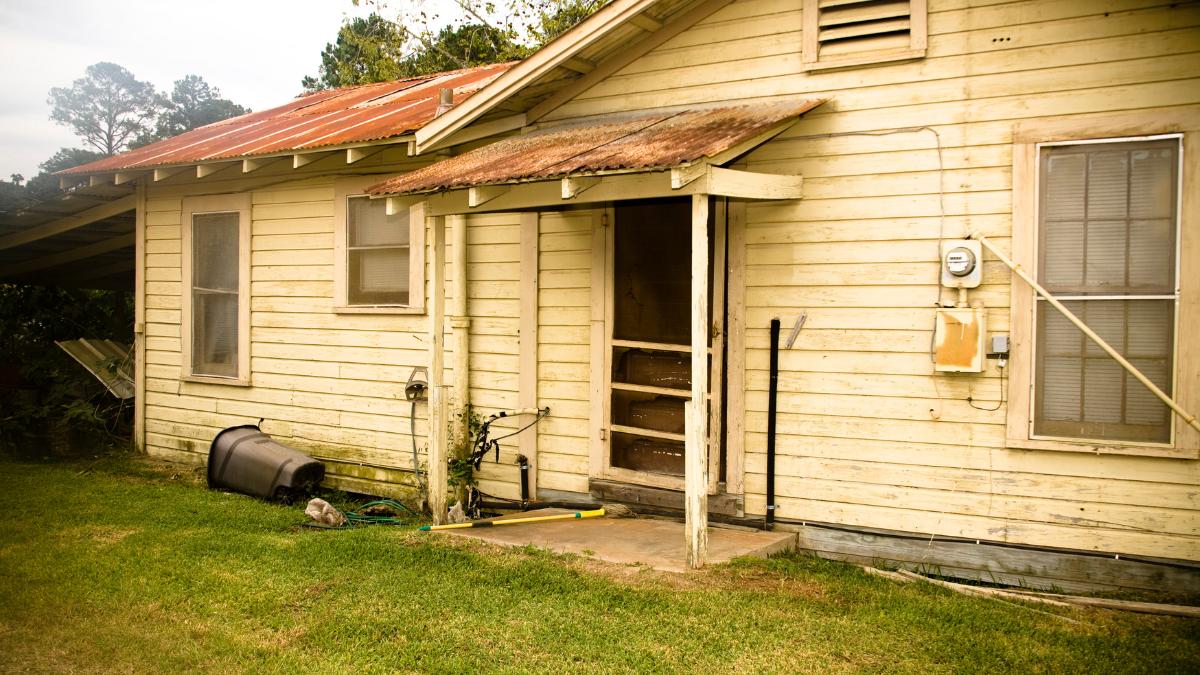Last Updated on July 5, 2023 by Kravelv Spiegel
Have you recently purchased an old home with a lot of character? While older homes can be charming, they can also come with hidden dangers that may put you and your loved ones at risk. Explore some of the hidden dangers to look for in an old home, and learn tips on how to detect and address them to create a safe living environment. Whether you’re a new homeowner or planning to buy an older property, this article will provide valuable insights to help you stay safe and enjoy your home to the fullest.
Asbestos and Radon
Asbestos and radon are two of the most dangerous hazards that can lurk in an old home. Asbestos, a fibrous mineral that was common in construction materials until the 1970s, can cause serious lung diseases, such as mesothelioma and asbestosis. Radon, a radioactive gas that comes from the decay of uranium in soil and rocks, can seep into homes through cracks in the foundation and can cause lung cancer. To detect these hazards, homeowners should consider hiring a professional inspector to test for asbestos and radon in their homes. If these hazards are present, you should hire a licensed contractor to safely remove or mitigate them.
Lead Paint
Lead paint is another common hidden danger to look for in older homes, particularly those that builders erected before 1978. Lead was a frequent ingredient in paint until people realized its harmful effects on human health, especially in young children. When lead paint deteriorates, it can create lead dust and chips that people can ingest or inhale, causing lead poisoning. Homeowners can detect lead paint by using a test kit or hiring a certified inspector. If lead paint is in your house, you should hire a licensed contractor to safely remove it and repaint the affected areas with lead-free paint.
Outdated Electrical Wiring
Outdated electrical wiring is not only a safety hazard; it can also increase the risk of fire. Many older homes have electrical systems that do not meet modern safety standards. Such homes may have outdated wiring, overloaded circuits, or exposed wires. Have an electrician inspect your home’s electrical system to identify any potential hazards and make necessary upgrades or repairs. These upgrades may include replacing outdated wiring, adding outlet and circuit breakers, and installing ground fault circuit interrupters (GFCIs) in kitchens, bathrooms, and outdoor areas.
Structural Issues
Old homes have had much more time to settle than newer homes, which increases the risk of structural issues. These may manifest as sagging floors, cracks in walls or ceilings, or foundation problems. In addition to foundation settling, these issues can occur because of termite damage or moisture buildup. Homeowners should be aware of any signs of structural issues, such as uneven floors, doors that won’t close properly, or cracks in the walls.
If they detect any of these issues, they should hire a licensed contractor or engineer to assess the problem and recommend solutions. Depending on the severity of the issue, solutions may vary. They can include installing support beams or piers, repairing or replacing the damaged foundation, or reinforcing walls or floors. Address these issues promptly to prevent further damage and ensure the safety of the home.

